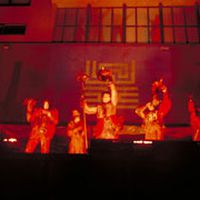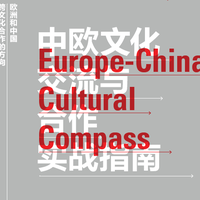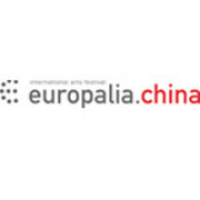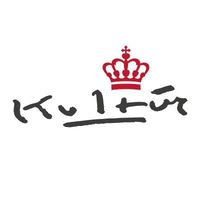The Danish Agency for culture in Asia | Interview with Ulla Ronberg
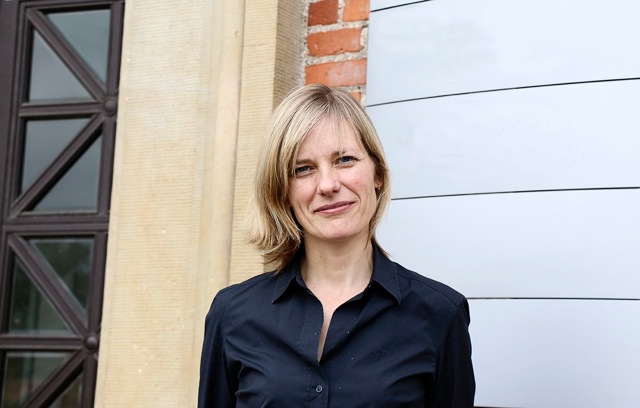
[caption id="attachment_45231" align="alignleft" width="300"]
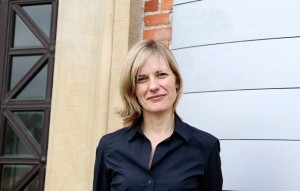 Ulla Rønberg, Danish Agency for culture[/caption]
Ulla Rønberg, Danish Agency for culture[/caption]Florent Petit, ASEF culture360 contributor met with Ulla Ronberg, Senior Advisor for Cultural coordination in the headquarters of the Danish Agency for Culture in Copenhagen.
Mrs Ronberg introduced the principles on which relies the International cultural cooperation from Denmark, with a special focus on recent projects developed in Asia. She also shared her views on the new directions taken by cultural exchanges between Denmark and Asia for the years to come.
The Danish Agency for Culture is an agency under the Danish Ministry of Culture, employing about 300 professionals. The agency carries out the cultural policies of the Danish government in the areas of the visual and performing arts, music, literature, museums, historical and cultural heritage, broadcasting, libraries and all types of printed and electronic media. The agency works internationally in all culture related fields, and sees as its top priority the increased internationalisation of Danish arts and cultural life. The agency also performs as the Secretariat for the Danish Arts Foundation.
[caption id="attachment_45232" align="aligncenter" width="512"]
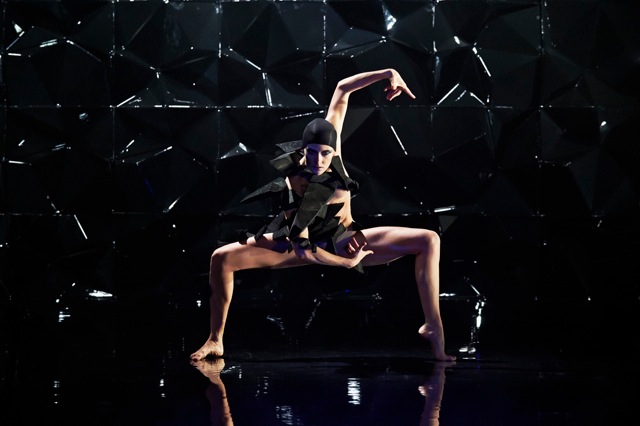 Danish Dance Theatre performing Black Diamond in Shanghai and Zhangzhou[/caption]
Danish Dance Theatre performing Black Diamond in Shanghai and Zhangzhou[/caption]1. Could you introduce the Danish Arts Foundation and tell us about its goals and mission?
The prime aim of the new Danish Arts Foundation is to promote the arts in Denmark as well as Danish art abroad. The funding for international projects is managed by six different committees (Visual Arts, Literature, Music, Crafts and Design, Performing Arts, Architecture).
It is up to the Foundation’s committees to decide when funding should be awarded. This is a very important point to stress: The Danish Arts Foundation is a government organisation, the funding comes from the state, yet the Arts Foundation keeps a real independence from political considerations when it comes to giving grants. This is fundamental to the Danish arts funding system.
The Danish Arts Foundation is a member of the International Culture Panel, where international strategies and action plans are put in place. The panel is cross-ministerial, consisting of the Ministry of Culture, the Ministry of Foreign Affairs, the Ministry of Trade and Growth, and different organisations affiliated to the three ministries, e.g. the Arts Foundation.
The Panel’s action plan 2014-2016 defines a geographic and thematic focus. Geographically we focus on the BRICS-countries (Brazil, Russia, India, China, South Africa) and the Middle East. We also try to create synergies between countries in a region, for instance helping cultural exchange projects in China to find their way to South Korea or Vietnam.
We also work on three cross-sectorial thematic areas: Children and Youth, Sustainability , and Dialogue, Democracy and Participation .
Although The Danish Arts Foundation is an institutional agency and the committees decide who they want to support and where they want to work internationally, they have also chosen to participate in the culture panel and contribute to the overall aim of the Panel : to increase Denmark’s cultural exchange with foreign countries and strengthen the internationalisation of Danish cultural life. This co-operation between Danish partners in the Panel is really important. In this way we join forces and work together internationally.
The International Culture Panel has four overall aims:
- The development and renewal of Danish art and culture. This is to say that whenever we engage in international cooperation, it is also in order to enliven the Danish art scene. There always has to be this reciprocity.
- The promotion of Denmark as a country through nation branding;.
- To increase cultural exports; and,
- develop intercultural dialogue.
These four purposes are of equal importance and they are the values we keep in mind whenever we engage internationally.
Lastly, I also would like to mention the five principles that the International Culture Panel has formulated. These principles underline all our activities when we work in cultural cooperation:
- Any project, first and foremost, must be based on a high cultural or artistic quality;
- Projects have to be embraced by the audiences in the respective countries. It is important to secure local interest, local anchorage;
- All activities must have a measure of longevity. There must be a long term perspective, a purpose of knowledge-sharing and networking;
- A bottom-up approach and the facilitation of agent to agent participation; and,
- The last principle is about visibility: it’s always important, and that goes without saying, to focus our communication on target groups to make sure there is the right visibility for our projects.
These five principles are all interconnected and they give a very good idea of how we work internationally .
2. Among your latest projects with Asia, you have set up a Cultural and Development Fund with Vietnam for the years 2011-2015. How can you assess the impact of this initiative so far? Do you have similar projects with other Asian countries planned for the future?
If you look at our principles, it is obvious that we don’t work the same way in every country – that would make no sense. We are developing cultural exchange projects with partners in Vietnam, South Korea and China in three very different ways - because these are three different countries.
The way we have been working over the past years in the Danish-Vietnamese Cultural and Development Fund is currently under revision. The Vietnamese art scene is interesting to follow So how can we adjust our cooperation to fit this development? We have to figure out new strategies and in my opinion focus on reciprocity.
The Danish Agency for Culture is participating in seminars and courses in Vietnam, invited by the Vietnamese Ministry of Culture. In Denmark, we have a long tradition of working in an administrative system supporting arts and culture. We see this cooperation with Vietnam as an opportunity to share our recommendations and our know-how.
Among other projects in Asia right now I can mention the Danish Cultural Season in China 2014 2015 . This project is initiated by the International Cultural Panel. For the last year and a half, I have been working as a project leader for this programme, which has been launched on 24th October during the visit of Mrs Marianne Jelved, Danish Minister of Culture to China.
There are around 60 projects, some of them big, some of them small, covering almost all the artistic spectrum from performing arts to music, literature, museums, exhibitions, residencies for visual artists and many others.
If I have to mention one of the projects in the programme, it could be the children and youth portfolio of projects, developed by Danish and Chinese creative schools for children. This project is covering six companies of children theater travelling to several Chinese cities, accompanied by Danish music schools and creative schools. There will be workshops and seminars for both children young people and adults. On our webpage (http://www.kulturstyrelsen.dk/english/international-focus/projects/danish-cultural-season-in-china/) you can see the complete list of projects.
3. What are the priorities of the Danish Agency for Culture in order to promote Danish art and artists abroad?
The five principles we talked about are fundamental in all aspects of working with international cultural exchange.
I would like to stress the principle of working bottom-up. In order to work bottom-up, you must be in dialogue with partners that have a genuine interest in cooperation. On an institutional or artistic level, Projects like for instance, China 2014 / 2015 could not have happened if Danish and Chinese partners had not worked closely together and put resources into the projects.
One of the best ways we usually start a project is the visiting programmes. The Danish Agency for Culture invites people to visit Denmark and stay here for five days. We organise meetings for them with relevant institutions and agents and, hopefully, the Danish partners will also travel the other way. This helps us to pave the way for a dialogue and paring of interests on an institutional and artist-to-artist level.
At the same time, it is also important to have a fruitful dialogue on an administrative level. We work closely with the Chinese Ministry of Culture in the making of the Danish Cultural Season. When our Minister of Culture visits China, she will of course meet with her Chinese colleague in order to continue the dialogue and reflect on our bilateral cooperation.
4. Is there in your opinion a specific approach to adopt when developing projects with Asian countries?
I don’t think so. As I said before, when we work with partners in South Korea, in China or Vietnam, we work in different ways and with different projects. The fundamental dialogue with the partners we engage with forms the projects. We do not have one model for all when working with Asian countries.
5. How do you envision the future of cultural relations between Denmark and the Asia-Pacific region?
I think relations will grow stronger and networks will develop. We have strong ties with China, Vietnam and South Korea, that hopefully will expand. And maybe expand into the region. But again, this is all up to Danish and Asian partners. In the Danish Agency for Culture, we facilitate and we organise, we help making communication across borders easier, we set up the framework in which projects can develop.
6. Which kind of advice could you give to Asian professionals willing to present their work in Denmark or set up collaborative projects with Danish artists or organisations?
I think the best way, the best tool, is actually the visiting programmes. If you are working as an artist or a curator and have an interest in, for instance Danish design, you should come here! Meet the right people, engage in dialogue, find out how you could work together and from there make things happen.
References:
- Danish Agency for Culture : www.kulturstyrelsen.dk/english/
- Danish Arts Foundation : www.kunst.dk/english/danish-arts-foundation/
- Danish Ministry of Culture : http://kum.dk/servicemenu/english/
- The Danish Cultural Institute : www.dankultur.dk/Default.aspx?ID=1066
- Danish Cultural Season in China : www.culturedenmark.com/zh-hans
- Danish Arts Foundation visiting programmes : www.kunst.dk/english/funding/subsidies/tilskud/standard-visiting-programmes/
Florent Petit is a former project officer in the cultural unit of the French Embassy in Japan. He holds a Master’s degree in Art History from the Sorbonne University in Paris and in International Relations from the Institute of Political Studies of Lyon. Former lecturer of Chinese, Korean and Japanese art in the Ecole du Louvre in Paris, he has occupied several curatorial positions in museums in France (Asian Unit of the Musée du quai Branly, Paris) and Luxembourg (Mudam, Museum of contemporary art, Luxembourg City).
Similar content
posted on
01 Jul 2011
posted on
29 Nov 2011
posted on
24 Jan 2018
02 Nov 2009
By Geuntae Park
16 Dec 2021
posted on
03 Sep 2010

